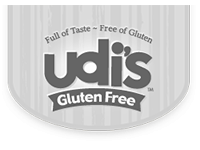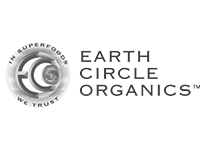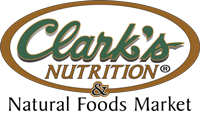Gluten Free
What does following a gluten-free diet mean? That you're embarking on an easy diet with a wide range of health-promoting effects. Instead of dwelling on what you’re giving up, consider that you’re going to enjoy a whole new world of delicious food options to meet your special dietary needs. You’ll be eating seasonally, choosing more fresh fruits and vegetables, focusing on meats, seafood, poultry, legumes, lentils, corn, and rice, and discovering fascinating ancient grains such as quinoa, amaranth, and millet. You’ll be able to eat potatoes, eggs, most cheeses, even chocolate (!)—and enjoy them without guilt because you’ll be taking good care of your body. In fact, you’ll probably end up eating—and feeling—better than ever!
Visit this page for more information about living Gluten Free
---
We carry a large variety of gluten free items, the brands listed below represent just some of the offerings we carry















More Diets
Arnica for Sports & Fitness
Why do athletes use it?*
Some athletes say that arnica helps reduce the pain and accelerate the healing of sports injuries, such as bruises, strains, and sprains.
What do the advocates say?*
Arnica is very useful in the early stages of an injury when there is swelling.
Arnica can be used prior to and immediately after a demanding athletic event (e.g., a marathon) to prevent post-workout soreness. While “weekend warriors” may benefit from arnica, they should not use it routinely in lieu of adequate training and stretching; overuse or arnica can cause it to lose its effectiveness or cause side effects such as pain and soreness.
Do not use arnica for more than seven consecutive days. You should discontinue use once your symptoms have improved.
How much is usually taken by athletes?
Arnica-containing ointments are recommended by many practitioners for the treatment of sprains and strains and other traumatic injuries.1 Homeopathic arnica tablets are also used by some practitioners for similar conditions.2 One uncontrolled trial showed that arnica gel applied twice daily reduced symptoms of osteoarthritis of the knee and a double-blind study reported that a combination of topical arnica ointment and oral homeopathic arnica tablets reduced pain in people recovering from hand surgery.3, 4 No other studies of topical arnica have been done, but several studies of homeopathic arnica have found it ineffective for treating muscle and joint pain.5, 6, 7
Resources
Copyright © 2025 TraceGains, Inc. All rights reserved.
Learn more about TraceGains, the company.
The information presented here is for informational purposes only and was created by a team of US–registered dietitians and food experts. Consult your doctor, practitioner, and/or pharmacist for any health problem and before using any supplements, making dietary changes, or before making any changes in prescribed medications. Information expires December 2025.











